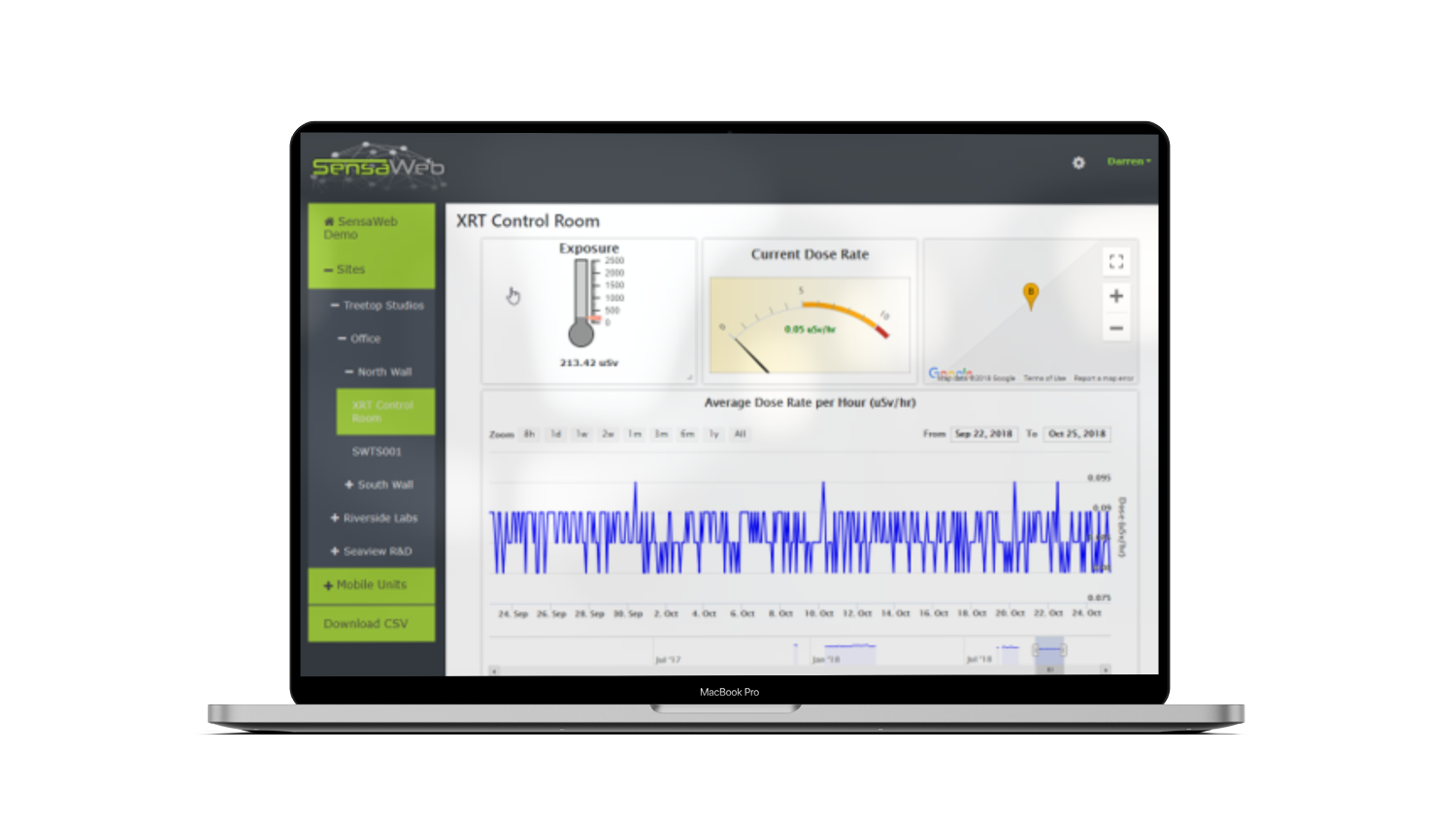Radiation events have been rare and far between, but they highlight the importance of strict safety regulations and proper management of radioactive materials to prevent accidents and protect public health.
Let’s check out three well-known radiation incidents in history – what caused them and what happened afterwards.
Three Mile Island | March 28, 1979
A combination of equipment malfunctions and operator errors, the Three Mile Island incident was a partial meltdown of the Unit 2 reactor of the power plant.

That facility near Harrisburg, Pennsylvania was on a routine maintenance procedure when the water pumps failed, causing the reactor to overheat. The reactor automatically shut down with the plant’s safety systems. However, a pressure valve in one of the reactors failed to close and as a result, cooling water contaminated with radiation drained into adjacent buildings. Radioactive gases were released into the containment building, and a small amount of radioactive material was released into the environment.
While no one was killed or injured as a direct result of the accident, it had significant implications for nuclear power plant safety and regulation. It affected the public perception of nuclear energy in the US and caused widespread public concern. It led to increased scrutiny of the nuclear power industry and to the development of new safety procedures and regulations for nuclear power plants.
Fukushima Daiichi | March 11, 2011

When a 9.1 magnitude earthquake and a tsunami struck eastern Japan, the reactors’ external power at the Fukushima Daiichi nuclear power plant was cut off. This crippled the backup power and cooling systems that led to a partial meltdown of three reactors. This released radioactive materials into the surrounding environment.
As a result of the disaster, residents within a 30km radius of the plant were evacuated and a large exclusion zone was established around the power plant. No deaths were attributed to the incident but 18,000 lives were lost from the earthquake and tsunami.
The accident also had significant economic, social, and political impacts, both within Japan and internationally. The cleanup and decommissioning process at the Fukushima Daiichi plant is ongoing and could take decades.
Chernobyl | April 26, 1986

Chernobyl or Chornobyl was known as the world’s most serious nuclear accident. During a reactor systems test, a series of errors and design flaws led to a sudden and massive power surge in the reactor followed by a series of blasts that destroyed the reactor. In the first days, 32 deaths were accounted for and dozens suffered radiation burns. Radiation released into the environment across the western Soviet Union and Europe.
The immediate aftermath of the accident included the evacuation of thousands of people from the surrounding area and the creation of a large exclusion zone. Approximately 600,000 emergency workers or liquidators helped in containing the damage and cleaning up the radioactive material.
Today, radiation levels near the Chernobyl plant are within safe limits. The Exclusion Zone remains in place, and access to the area is tightly controlled. The site is now being managed and monitored to prevent further releases of radioactive material and to ensure the safety of nearby communities.
Radiation Monitoring in Nuclear Power Plants
When operated safely and in compliance with regulations, nuclear energy can be a reliable and efficient source of power. To maximise its potential, radiation monitoring in nuclear power plants should be a top priority. There is always a risk of radiation exposure to workers and the surrounding community so it’s essential to detect and measure any potential radiation leaks and to ensure that workers are not exposed to dangerous levels of radiation.
Real-time monitoring can also help identify potential issues and allow for preventive repairs and maintenance, and in the event of a radiation release or other emergency, radiation monitoring can help emergency responders quickly assess the situation and take appropriate action to protect public health and safety.

Looking for area radiation monitors or personal radiation monitoring devices? You can count on SensaWeb. With our monitors, you can easily detect and interdict radioactive materials.
Connect with us here or at our email address: info@sensaweb.com.au. You can also call us at +61 415 409 467.